Fatty liver disease, also known as hepatic steatosis, is becoming alarmingly common due to poor dietary habits, sedentary lifestyles, and rising obesity rates. According to the World Health Organization (WHO), 1 in 4 people globally has some form of fatty liver, often without even knowing it.
The biggest danger? It usually develops silently, showing no symptoms in its early stages. But if left unchecked, it can progress to liver inflammation, fibrosis, cirrhosis, and even liver failure.
In this article, you’ll learn:
- What fatty liver is and why it matters
- A simple self-test to evaluate your risk
- Common symptoms and early warning signs
- Diet and lifestyle tips to protect your liver
- When to see a doctor
🧩 What Is Fatty Liver?
Fatty liver occurs when excess fat builds up inside liver cells. Normally, a healthy liver contains less than 5% fat. But when fat levels rise beyond this threshold, it affects liver function and overall metabolism.
There are two main types:
- Non-Alcoholic Fatty Liver Disease (NAFLD) 🥦
- Occurs in people who drink little or no alcohol.
- Linked to obesity, insulin resistance, high cholesterol, and poor diet.
- Alcohol-Related Fatty Liver Disease (AFLD) 🍷
- Caused by excessive alcohol consumption.
- The liver struggles to process alcohol, leading to fat accumulation.
Fact: According to the National Institute of Diabetes and Digestive and Kidney Diseases (NIDDK), NAFLD affects about 25% of adults worldwide.
✅ Take This Simple Self-Test
This self-assessment quiz is not a diagnostic tool but can help you evaluate your risk level.
Answer YES or NO to each question:
🩺 Fatty Liver Self-Test
Answer the questions below and get your risk score plus a personalized diet plan!
🍏 Recommended Diet Plan
⚠️ Early Symptoms of Fatty Liver
Fatty liver often develops quietly, but some subtle symptoms may appear:
- Persistent fatigue and low energy
- Mild abdominal discomfort or fullness on the right side
- Unexplained weight gain, especially around the waist
- Brain fog or difficulty concentrating
- Mild swelling in legs or ankles (in advanced stages)
Tip: Even if you don’t have symptoms, you can still have fatty liver. That’s why early screening is important.
🔍 How Fatty Liver Is Diagnosed
If your self-test shows moderate to high risk, your doctor may recommend:
- Blood tests 🧪 → To check liver enzymes (ALT, AST).
- Ultrasound scan 🩻 → Detects fat buildup in the liver.
- FibroScan or MRI → Measures liver stiffness and fat levels.
- Liver biopsy 🧬 → In rare cases, for severe or unclear situations.
🥗 Best Diet for Fatty Liver Reversal
Diet plays the biggest role in managing fatty liver. Studies show that losing just 7-10% of body weight can significantly reduce liver fat.
Foods to Include ✅
- Leafy greens 🥦 → Spinach, kale, and broccoli
- High-fiber foods 🥕 → Oats, quinoa, and whole grains
- Healthy fats 🥑 → Avocado, nuts, and olive oil
- Lean proteins 🐟 → Fish, chicken, turkey
- Green tea & black coffee ☕ → Rich in antioxidants
Foods to Avoid ❌
- Sugary drinks (soda, sweetened juices)
- Refined carbs (white bread, pastries)
- Fried and processed foods
- Excess alcohol
Pro Tip: The Mediterranean diet is one of the best diets for reversing fatty liver, according to the American Liver Foundation.
🏃♀️ Exercise & Lifestyle Tips
Combining healthy eating with regular activity is key:
- Aim for 150 minutes of moderate exercise per week
- Include strength training 2–3 times weekly
- Manage stress through meditation or yoga
- Get 7–8 hours of quality sleep
- Stay hydrated — drink at least 2–3 liters of water daily
🌿 Natural Remedies & Supplements
Some science-backed supplements may support liver health:
- Milk thistle 🌿 → Contains silymarin, an antioxidant that protects liver cells
- Omega-3 fatty acids 🐟 → Help reduce triglycerides and inflammation
- Vitamin E 🥜 → May reduce liver fat in non-diabetic NAFLD patients
Important: Always consult your doctor before starting any supplements.
🧠 When to See a Doctor
Seek medical attention if you experience:
- Persistent fatigue
- Abdominal swelling or pain
- Yellowing of eyes or skin (jaundice)
- Nausea, vomiting, or dark urine
Early diagnosis and treatment can prevent serious complications like cirrhosis and liver failure.
📌 Key Takeaways
- Fatty liver is common but reversible if caught early.
- Use the self-test to check your risk level.
- Focus on a balanced diet, regular exercise, and weight management.
- Avoid alcohol, sugary foods, and processed snacks.
- See your doctor if you have multiple risk factors or persistent symptoms.
🔗 References
- National Institute of Diabetes and Digestive and Kidney Diseases (NIDDK)
- American Liver Foundation
- World Health Organization (WHO)
ABOUT THE AUTHOR
Dr. Alex Sam is a passionate healthcare professional with an MBBS and MRCGP degree and a strong commitment to modern medicine. Known for his empathetic approach, he emphasizes listening to his patients and understanding their unique health concerns before offering treatment. His areas of focus include family medicine and general health management, where he strives to provide holistic care that improves both physical and mental well-being. Dr. Alex is also a strong advocate for preventive screenings and early detection of diseases, ensuring his patients maintain healthier lives. With a calm demeanor and deep medical insight, he has earned the trust of both his patients and peers in the medical community.
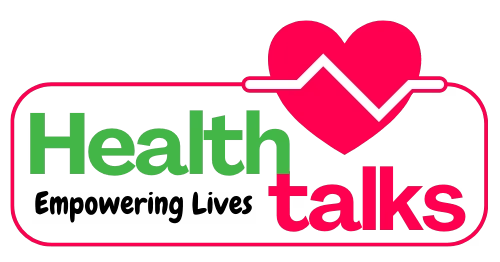
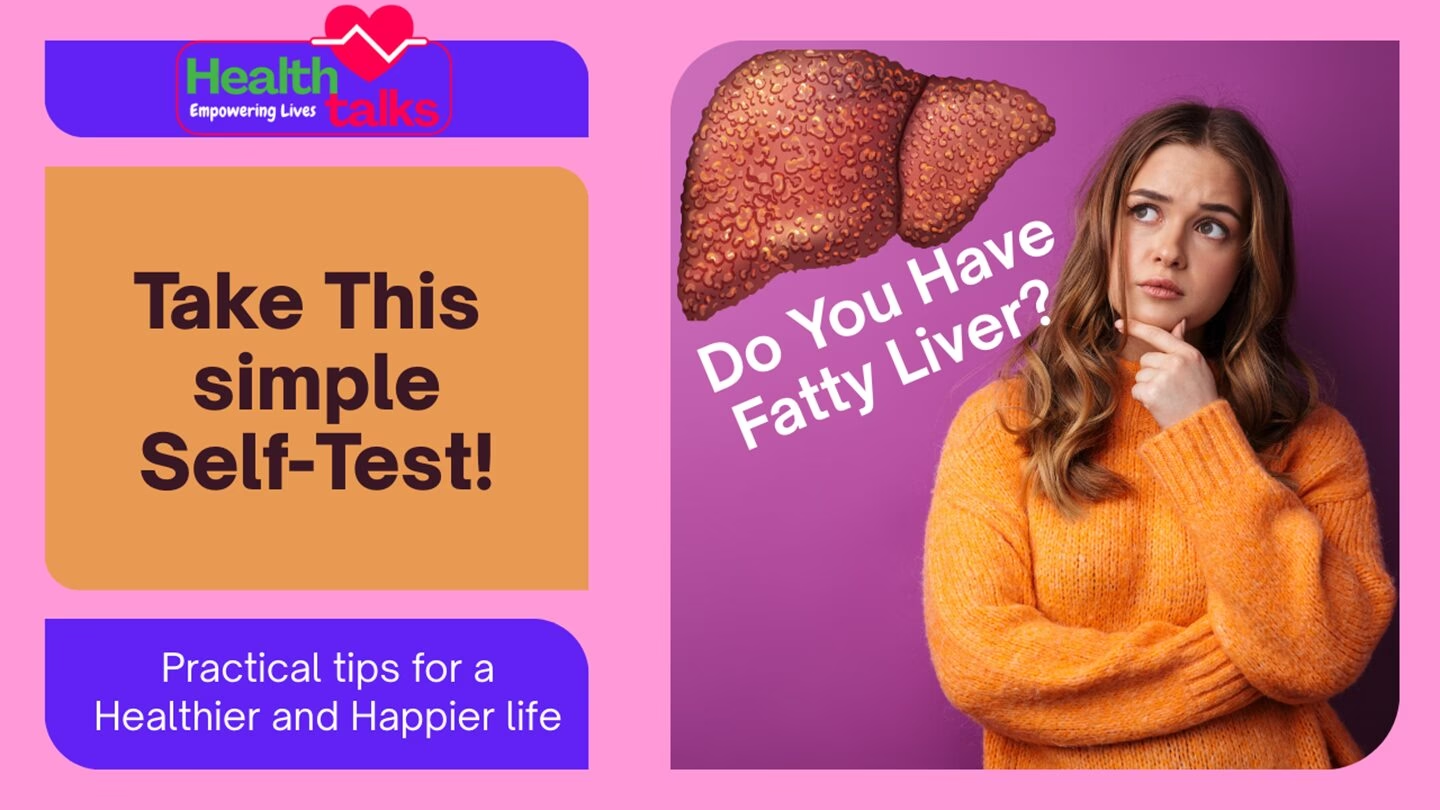

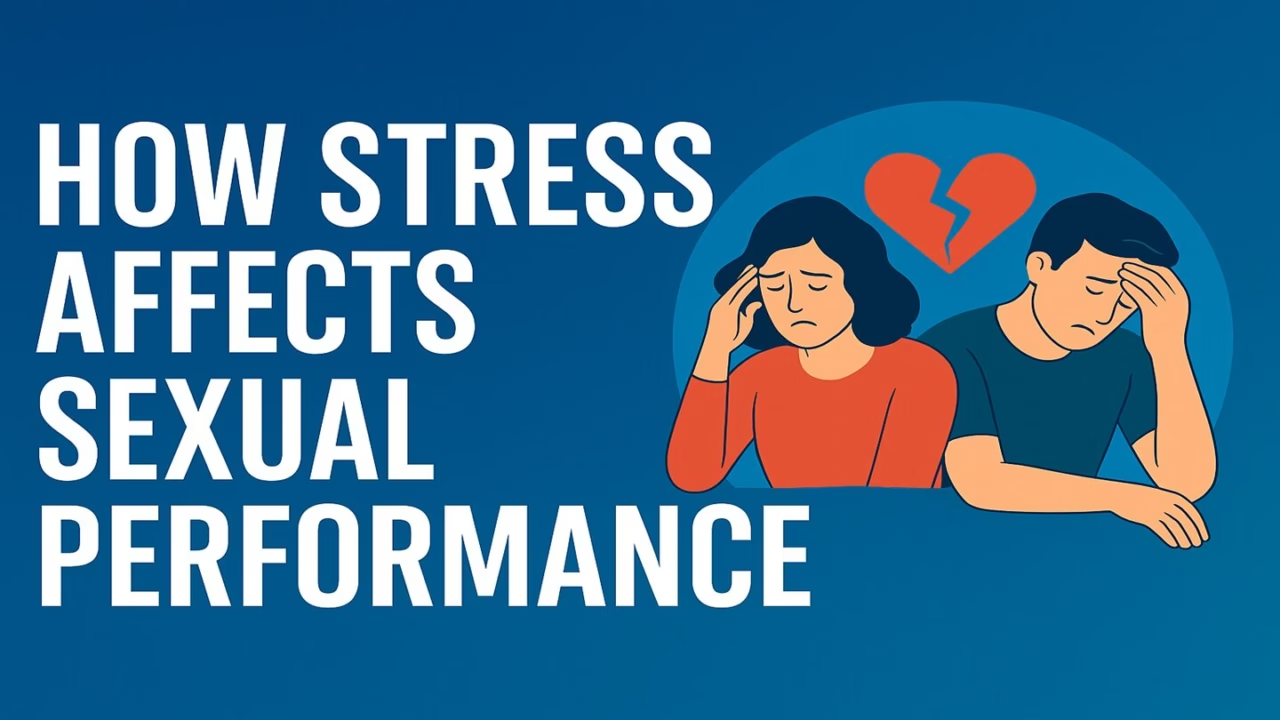
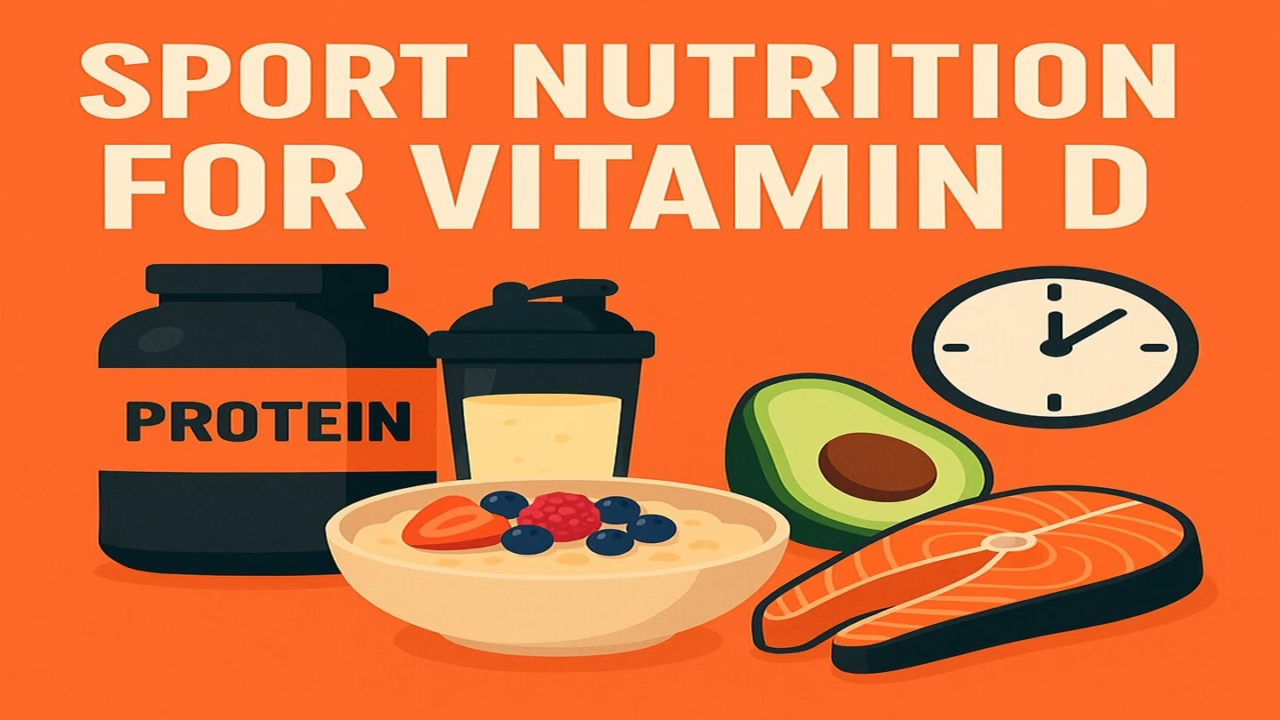
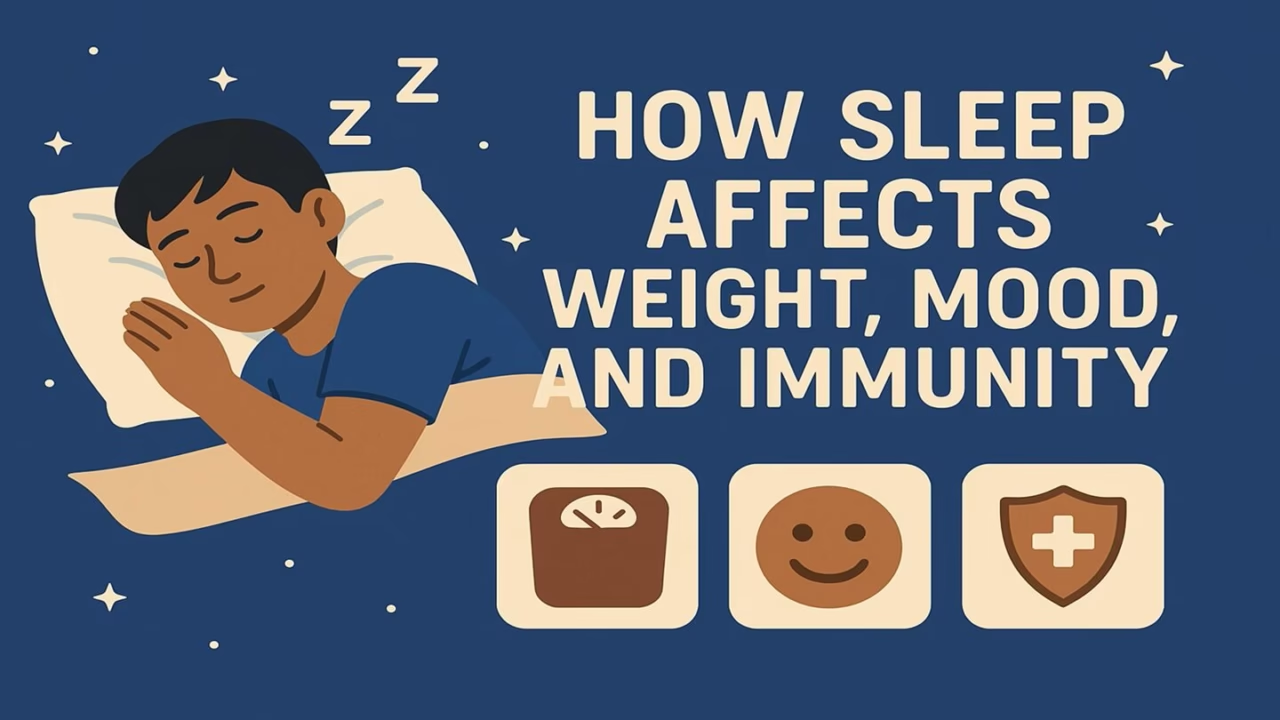

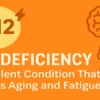

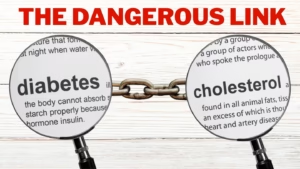
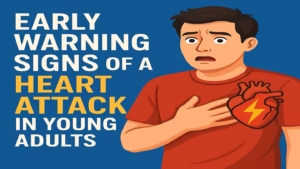
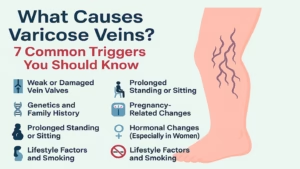

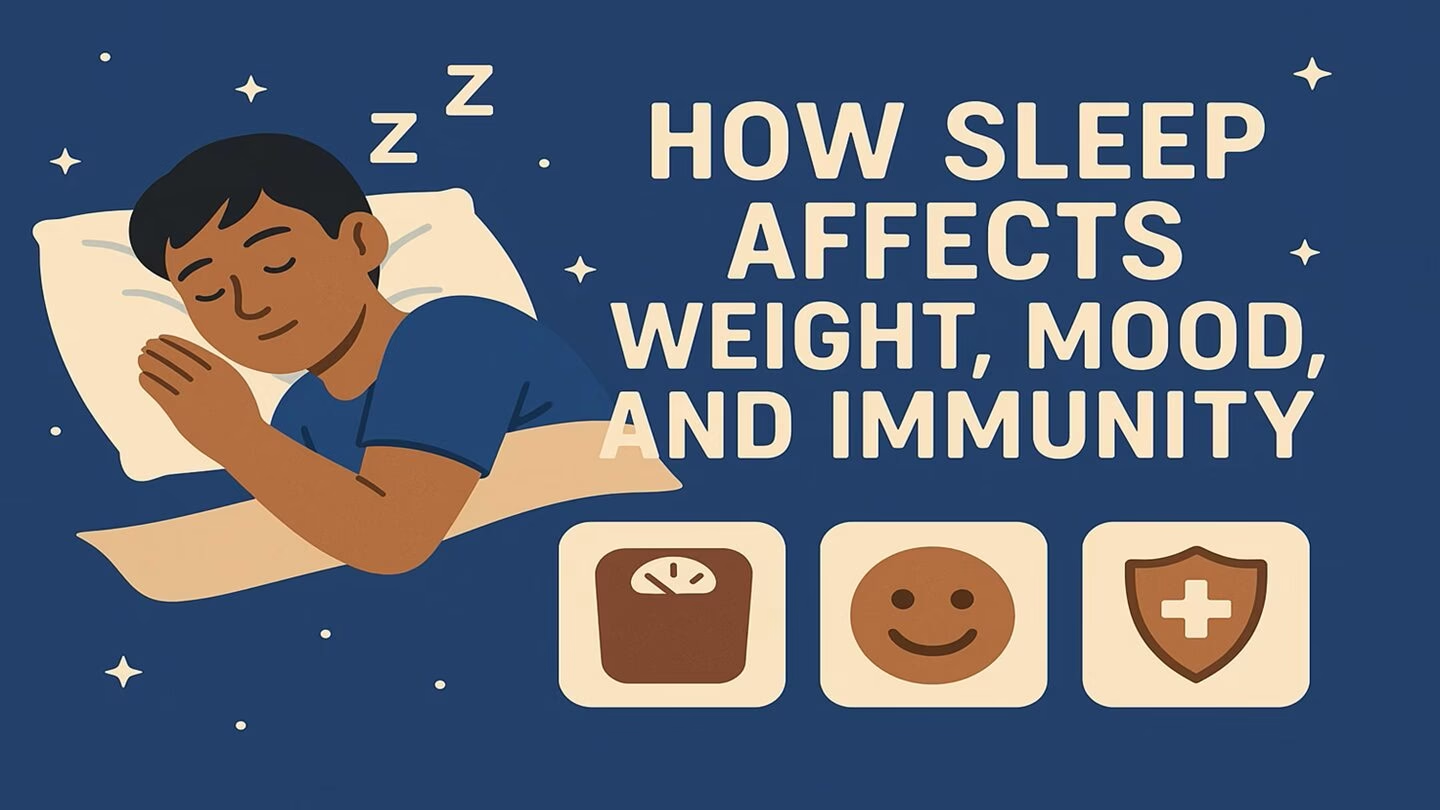
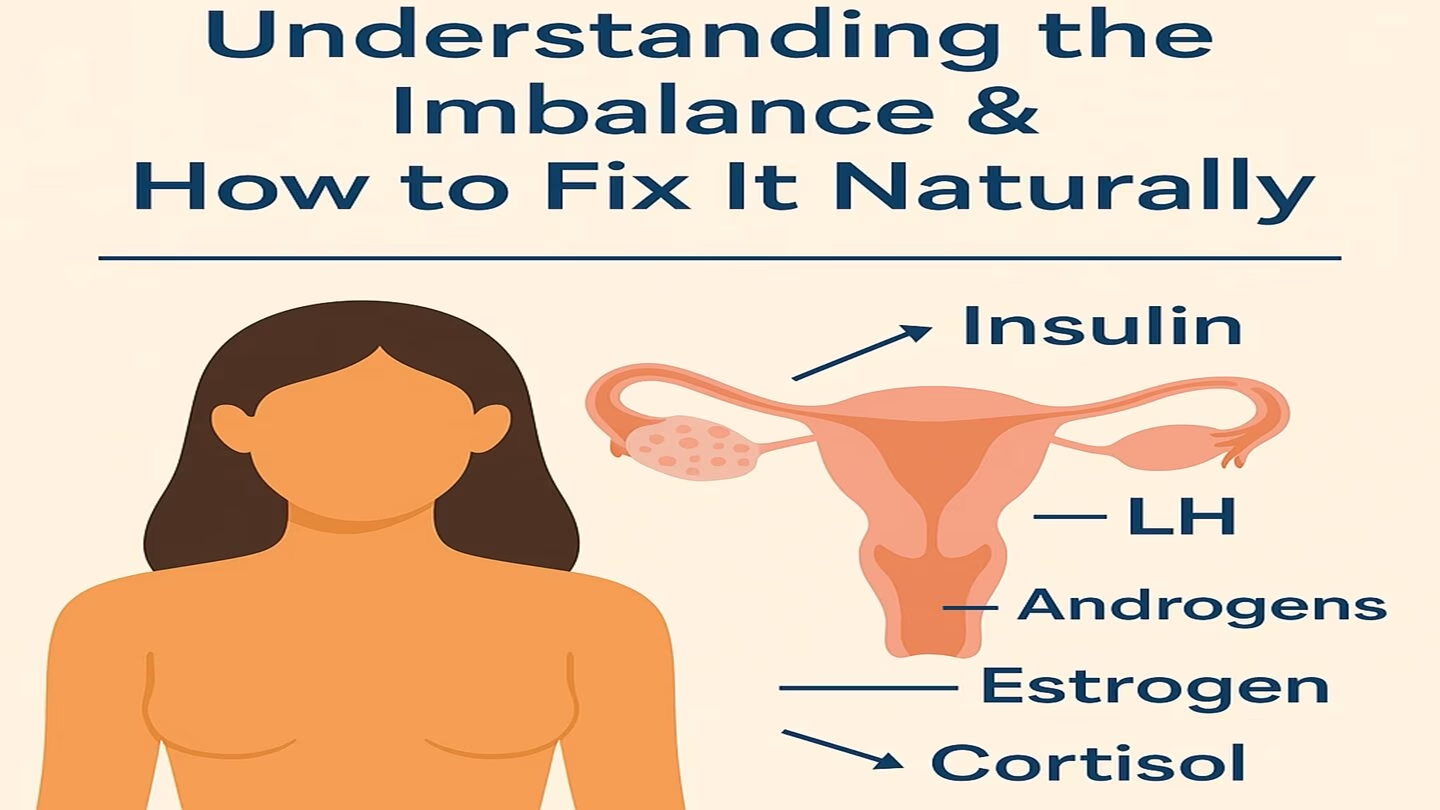
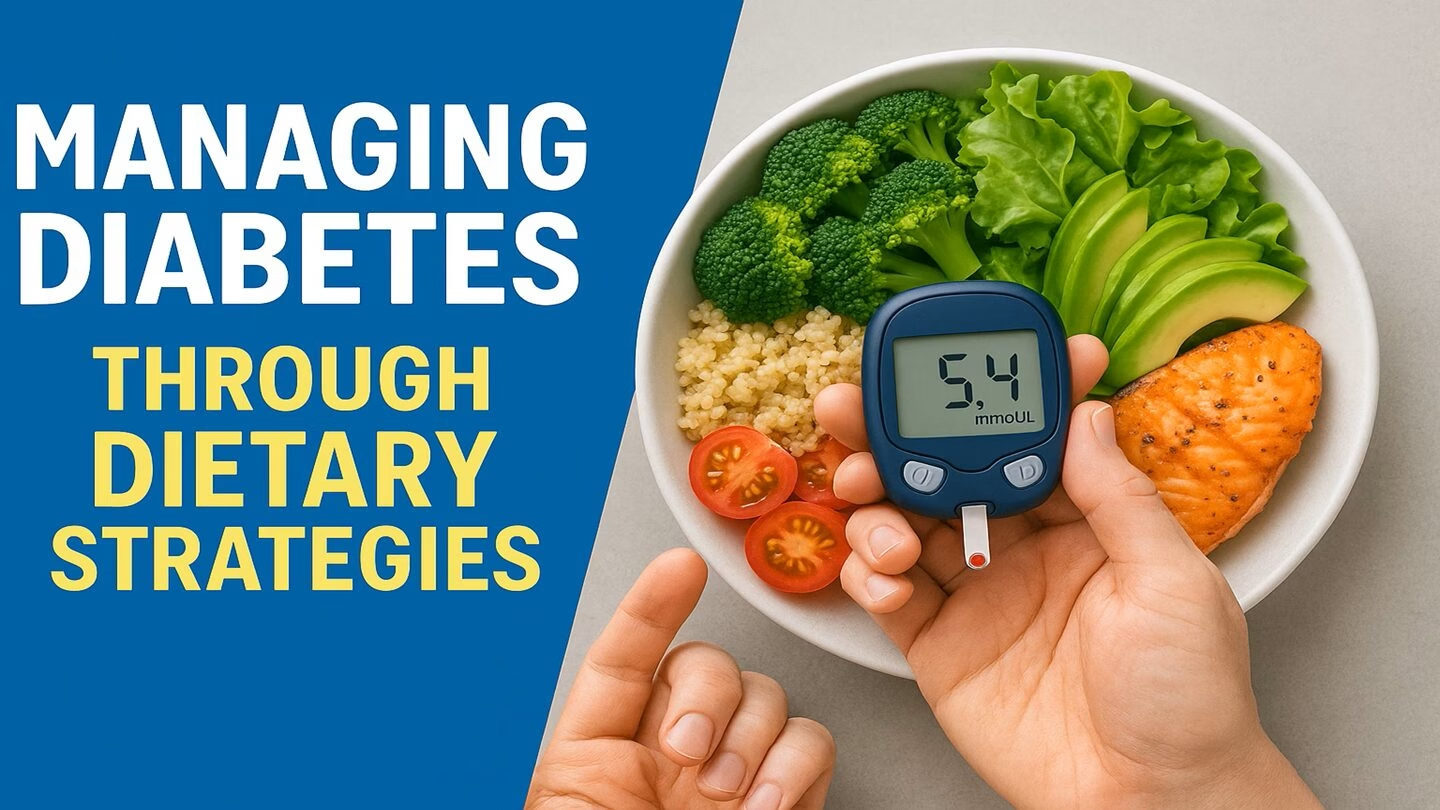
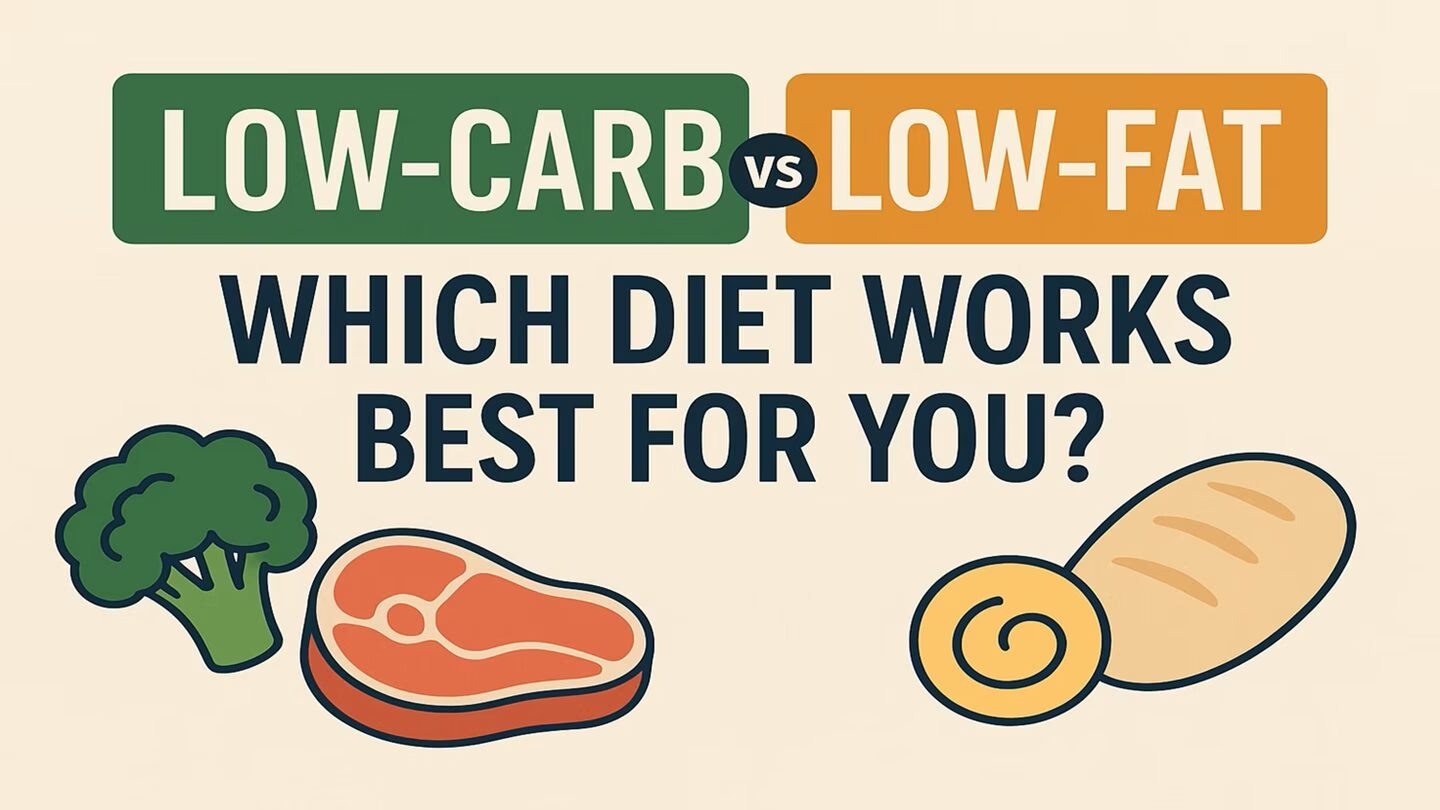

Add comment